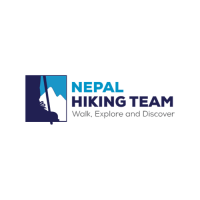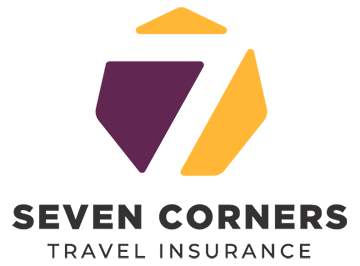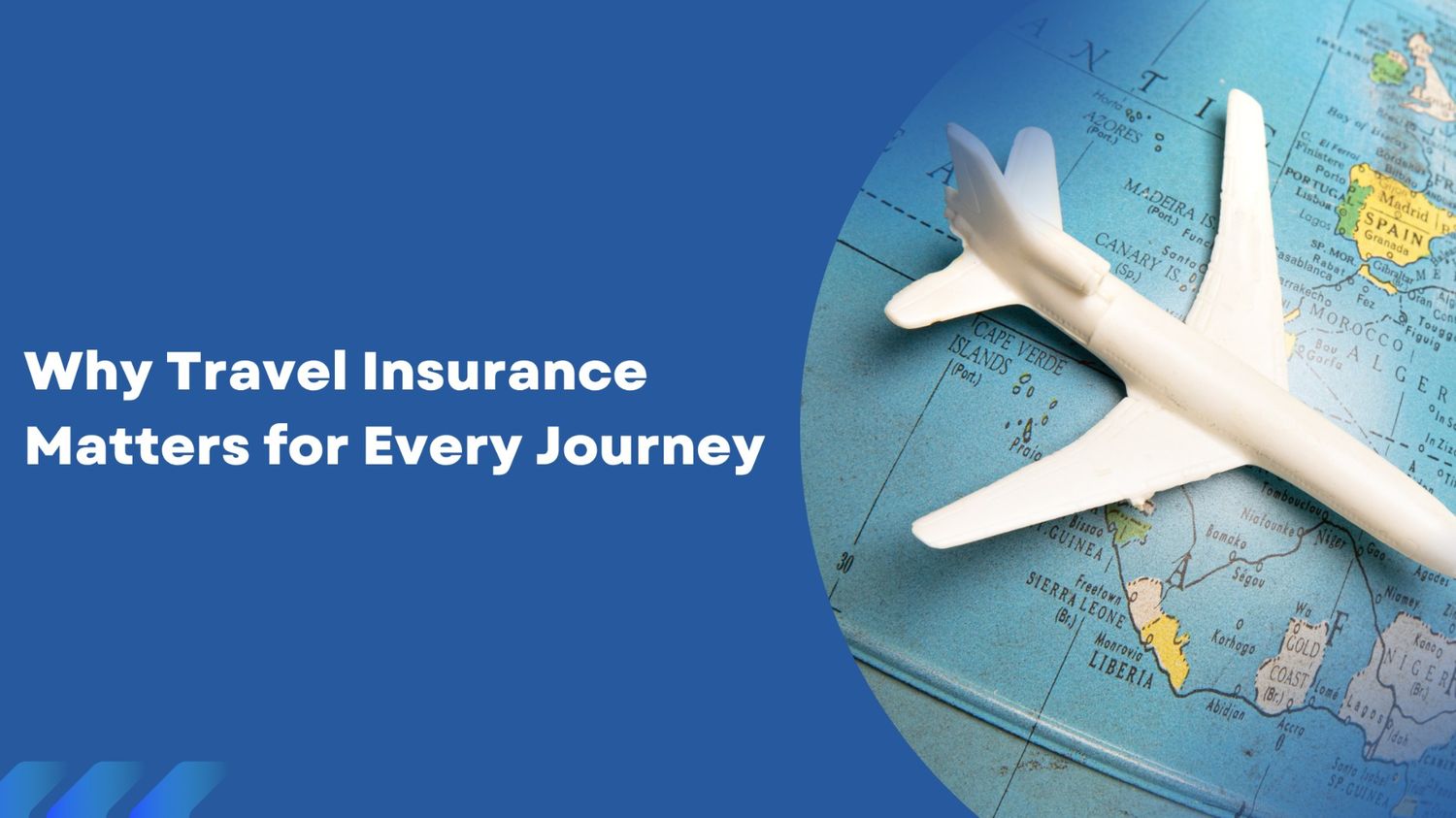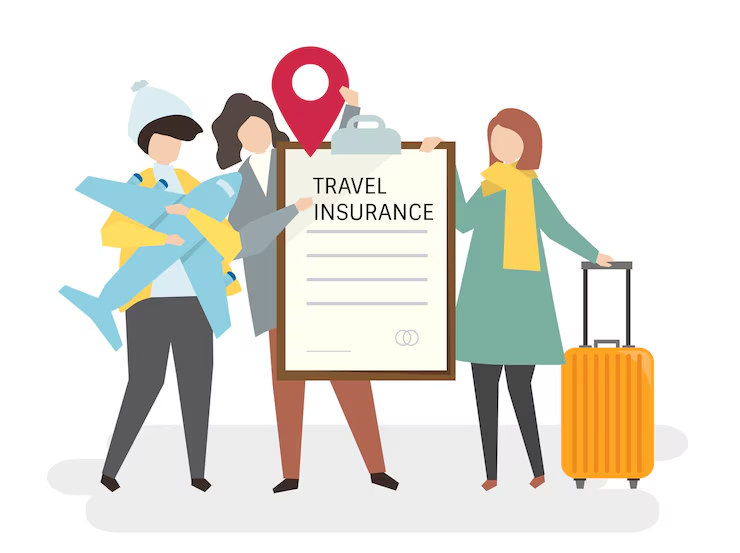Why Travel Insurance Is a Must for Trekking in Nepal
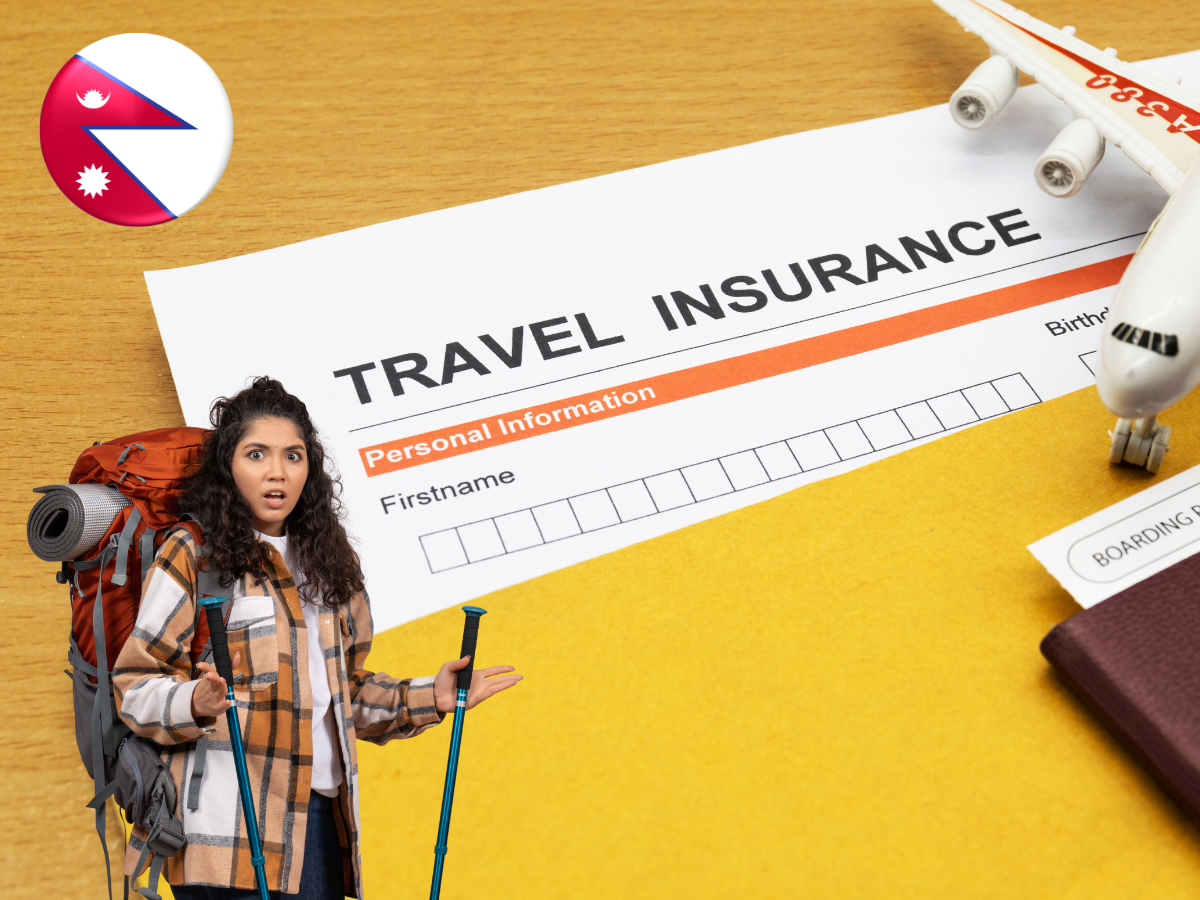
Strong 8k brings an ultra-HD IPTV experience to your living room and your pocket.
Trekking in Nepal is a great experience. The views are beautiful, the air is fresh, and the trails take you through peaceful villages and big mountains. But the mountains can also be risky. Weather can change anytime, the trails can be tough, and health problems like altitude sickness can happen without warning.
✍️ Whether you are a frequent flyer or a first-time traveler, our in-depth overview of travel insurance helps you understand policy types, benefits, and the peace of mind it brings.
That’s why travel insurance is not just helpful—it’s very important when you go trekking in Nepal. Many people think they don’t need it, but when something goes wrong, they realize how useful it is.
This blog will explain why travel insurance is a must, what it covers, and how to choose the right one for your trek.
Why is Travel Insurance Important for Trekking in Nepal?
Trekking in Nepal takes you into high mountains where there are no roads, no hospitals nearby, and no quick help if something goes wrong.
Here are some common problems trekkers face:
- You fall and get hurt on a rocky trail
- You get altitude sickness at high places
- Your flight gets delayed or canceled because of bad weather.
- You lose your bag or your gear breaks
- You need a helicopter to take you to a hospital
All these can cost a lot of money if you don’t have travel insurance. That’s why buying insurance before your trek is a smart decision.
What Does Travel Insurance for Nepal Treks Cover?
Let’s break it down clearly. A good travel insurance policy for trekking in Nepal usually covers the following things:
1. Medical Treatment and Hospital Bills
If you fall sick or get injured, you might need to visit a clinic or hospital. If the problem is serious, you might even need to be flown to Kathmandu or your home country.
Travel insurance will pay for:
- Doctor visits
- Hospital stay
- Medicines
- Tests (like X-rays or blood tests)
Without insurance, this can cost hundreds or even thousands of dollars.
2. Emergency Helicopter Rescue
Many trekking areas in Nepal are far from the city. If you get seriously sick or injured, the only way out is by helicopter.
- Helicopter rescue can cost $3,000 to $6,000 (Source: Kathmandu Post)
- Insurance will pay this cost if your policy includes helicopter rescue
Always check your insurance includes helicopter evacuation. Not all basic plans do.
3. Trip Cancellation or Delay
Flights to and from mountain areas like Lukla or Jomsom often get delayed or canceled due to bad weather. This can mess up your entire plan.
Insurance will help by paying for:
- Canceled hotel bookings
- Missed flights
- Extra food and stay during delays
This helps you avoid losing money if your trek doesn’t go as planned.
4. Lost or Damaged Bags and Gear
Trekking gear is not cheap. If your backpack gets lost or your trekking poles break, you may need to buy new things during your trip.
Insurance will help pay for:
- Lost or stolen bags
- Damaged items like boots, jackets, or electronics
- Delayed baggage
This keeps your trip going without too much trouble.
How to Choose the Right Travel Insurance for Trekking in Nepal
Not all travel insurance policies are good for trekking. Some only cover short trips or low-altitude travel.
Here is a simple step-by-step guide to help you choose the right one.
Step 1: Check the Height Limit
Many treks in Nepal go above 3,000 meters. Some insurance plans don’t cover problems that happen at high places.
For example:
- Annapurna Base Camp = 4,130 meters
- Everest Base Camp = 5,364 meters
- Langtang Valley = 3,800 meters
Make sure your insurance covers the maximum height of your trek.
Step 2: Make Sure It Covers Helicopter Rescue
This is very important. If you need a helicopter but your policy doesn’t cover it, you may need to pay thousands from your own pocket.
Look for the words:
- "Emergency evacuation"
- "Air rescue"
- "Medical transport"
Step 3: Pick a Plan That Covers Adventure Activities
Trekking is often listed as an “adventure sport.” Many basic insurance plans do not include this.
Make sure your plan includes:
- Trekking
- Hiking at high altitudes
- Adventure sports (if you plan on doing anything else)
Step 4: Include Trip Delay and Gear Loss
You may face delays due to flight problems or strikes. Bags may go missing too.
A good plan will cover:
- Trip interruption
- Cancellations
- Lost or delayed baggage
- Stolen items
Is Travel Insurance Required by Law in Nepal?
Yes, for some trekking areas in Nepal, travel insurance is now compulsory.
Since 2023, the Nepal Tourism Board has required solo trekkers to show proof of insurance before they enter certain routes.
Even if you’re not trekking solo, most trekking companies will ask you to buy insurance before the trek begins.
How Much Does Travel Insurance Cost?
The price depends on:
- Where you are from
- How long your trip is
- How high you are trekking
- What is covered in the plan
Average cost: $50 to $150 for a 2–3 week trek.
This is much cheaper than paying $5,000 later if something goes wrong.
Trusted Travel Insurance Providers for Nepal Treks
Here are some travel insurance companies known to provide good coverage for Nepal trekking:
| Provider | What’s Good |
| World Nomads |
High-altitude trekking, medical, gear loss |
| SafetyWing | Long-term travel, good for digital nomads |
| Allianz Travel |
Trusted worldwide, covers delays & theft |
| IMG Global | Good helicopter rescue and hospital coverage |
Always check the latest terms and prices on the official websites before you buy.
Important Tips for Using Travel Insurance in Nepal
- Keep a printed and digital copy of your policy
- Save the emergency number of your insurance company
- Check altitude limit of your policy
- Tell your guide or agency about your insurance
- Take pictures of lost or broken items if you plan to claim later
Final Words: Don’t Trek Without Insurance
Trekking in Nepal is amazing, but it’s not without risks. You may not expect problems, but if they happen, you’ll wish you had protection.
Travel insurance gives you peace of mind. It protects your health, money, and travel plans.
Spend a little now to save a lot later in an emergency.
Key Points at a Glance
- Nepal treks go above 3,000 meters – get insurance with altitude cover
- Helicopter rescue is expensive – insurance covers it
- Lost bags or damaged gear? Insurance helps
- Trip delays and cancellations are common
- Choose the right policy before your trip
Note: IndiBlogHub features both user-submitted and editorial content. We do not verify third-party contributions. Read our Disclaimer and Privacy Policyfor details.

